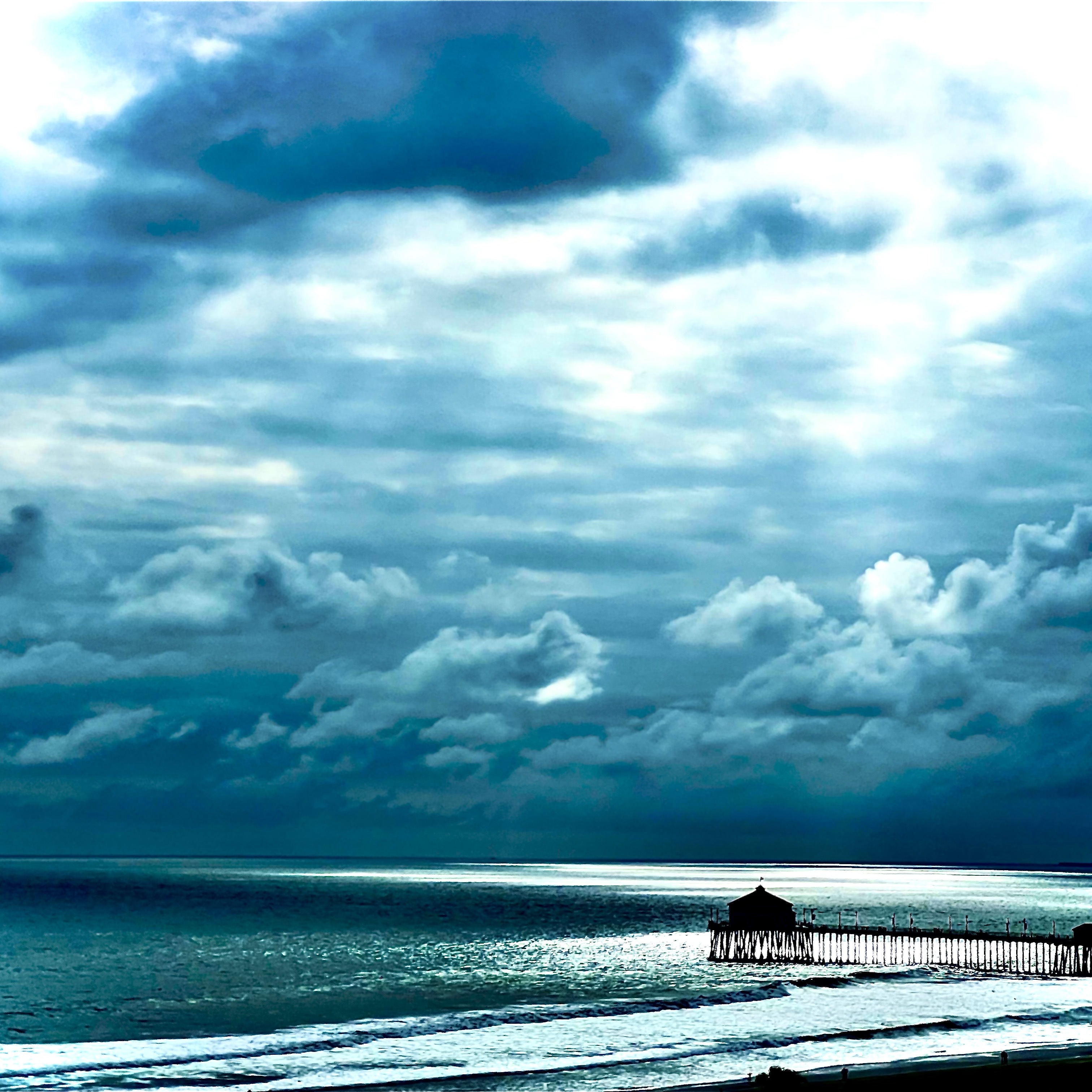A Good Start: Chianti Classico UGAs
Azienda Agricola Fontodi
Flaccianello della Pieve Colli Toscana Centrale Sangiovese 2019
Served to me by Giovanni Manetti but you didn’t hear that from me—he’s president of the Chianti Classico Consortium but DAMN this is good wine and he’s tilting at changes in the region to ever improve all the wines. I couldn’t NOT mention this tho, thrilling just to smell, savory and richly fruited, and complex beyond…cherry cordial, mint, chocolate, blackberries, cheerful and serious all at once. Splendid and beyond. — 3 years ago
Fattoria Poggerino
Chianti Classico Sangiovese Blend 2020
Smells of roses, red berries and menthol, with almost candied but not sweet fruit undercurrents. It’s elegant but energetic, honestly the best dance partner when you want someone who can Dance with a capital D but also have fun. Honestly, all of Poggerino’s wines were exceptional, one of my favorite stops in Chianti Classico. — 3 years ago
Bandini Villa Pomona
Riserva Chianti Classico Sangiovese 2018


Castello della Paneretta
Vin Santo del Chianti Classico Trebbiano-Malvasia Blend 2012





Ellen Clifford

Full and light on its toes but muscular, lithely so. Herbs n red fruits, licorice hints, love love love it — 3 years ago